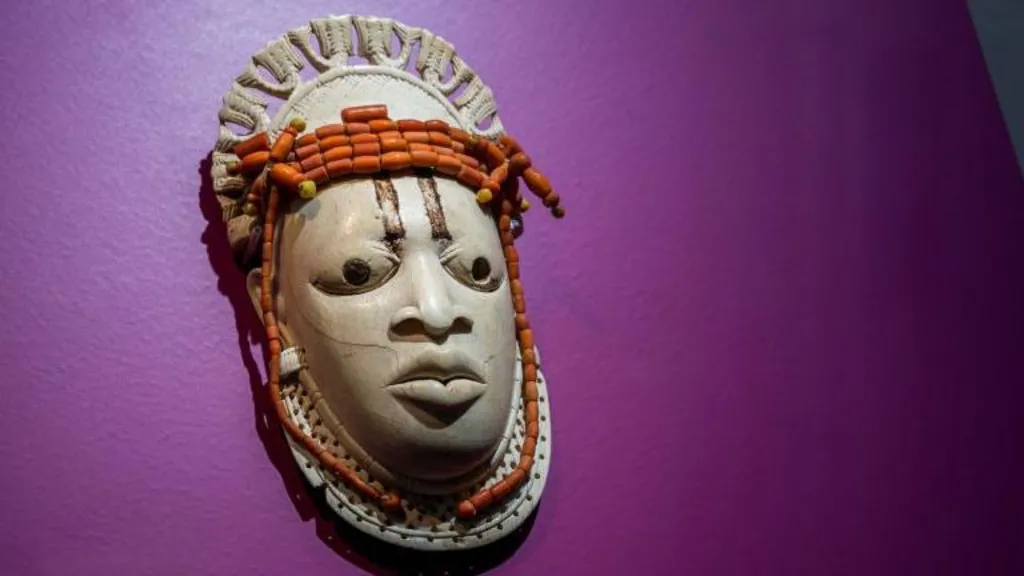
A colorful melting pot of thousands of cultures and artistic expressions, Nigeria has traditionally been a hub for creativity. Crude oil and tropical hardwood may be Nigeria's main exports but art is its cultural reserve potentially the largest in Africa. Nigeria has a diverse, rich culture to match its abundant natural resources. Conversely, it has not been an easy path when it comes to safeguarding this priceless legacy. This interest in saving and celebrating Nigerian art has grown in recent years as a passion for culture preservation and national pride have encouraged the purchase of recently sold pieces.
Historical Context Of Nigerian Art
Nigeria has an artistic landscape as diverse as her multiple ethnic groups with each ethno-cultural entity contributing a pattern/colour to the national tapestry. Art has been an integral part in the history of Nigeria, as it has served a purpose beyond aesthetics through storytelling, spirit and identity. But years of political unrest, poverty, and some influence from the French meant traditional arts were not as valued or maintained.
Reviving Cultural Heritage
During the late 20th century, there emerged a movement for saving Nigerian art, partly as it became clear that preserving the cultural heritage of many nations was becoming vitally important. This sparked a recrudescence of passion as artists, historians,s and cultural enthusiasts came up with platforms for traditional and contemporary Nigerian art. addiction. At a crucial moment in this journey came the realization of a National Museum at Lagos which served as a depository for artifacts, sculptures, and artwork symbolic of the Nigerian rich past.
Exhibitions/ Cultural Festivals
Hundreds of exhibitions and cultural festivals started being organized in the name of celebrating and promoting Nigerian art. Events such as the Art Twenty-One Fair and National Festival of Arts & Culture (NAFEST) served as veritable platforms for artists to proudly exhibit their works, engage audiences, and dialogue about the place of art in our society. In addition to venues for traditional art forms, these gatherings enabled various forms of contemporary expression parallel to the old, reminiscent of the way Steven bridged basic illustration with digital medium.
Community Engagement and Grassroots Initiatives
But even more important than the art preservation by formal institutions, are the grassroots initiatives. In the absence of any kind of institutional programs and with the intention that ancient crafts, weaving, pottery of sculpture are passed on to younger generations many landmark artists and community leaders have gotten involved personally. There are tons of communities in which workshops and art classes have emerged to avoid losing the knowledge and practices from previous generations.
For instance, the "Art for Education" program aims to include art education in school teaching, to enable children to create and express themselves creatively based on their cultural background. The initiative simultaneously grows talent and builds a sense of Nigerian cultural pride or ownership.
Extensive globalization: High-tech platforms and enormous global influence.
Through Digital Platforms: In the age of technology, digital platforms have proven to be great vessels which in turn broadens and makes it easy for Nigerian art to reach the global audience. Artists Originating from Nigeria Of all the visual arts media, painting is considered to be one of the dominating forms that has helped Nigerian art practices take on a global identity through social media and online galleries thereby providing international exposure for artists leading to opportunities with cross-cultural exchanges. We have now entered into using online art marketplaces and I believe that this is also helping to break the stereotypes and myths around African art, more than just Nigerian.
In Nigeria, the art scene has also been laced with a new dimension through the coming of digital art. Artists are now experimenting to blend traditional techniques with modern influences to create innovative pieces that reflect current affairs, balancing tradition and modern-day perceptions. The blend strikes a chord with collectors and art lovers across the globe confirming Nigeria's place as a key player in the international contemporary art scene.
Government and Policy
The Nigerian government has proved to be equally concerned with preserving and exhibiting the nation's artistic heritage. Grants and Art Project Funding Policy initiatives to support artists have been employed to promote creativity and innovation. The importance of preserving Nigeria's cultural heritage from wear and decline becomes even more critical with the set up of the National Commission for Museums and Monuments which further accentuates the need to still see art as a necessary aspect of a nation's identity.
Conclusion: A Responsibility of All
TO SAVE NIGERIAN ART FOR THE NATION: THE NECESSARY COLLECTIVE EFFORT OG7 Editorials The journey to save Nigeria's art for the nation is a collective effort involving both the artists, their communities, and the institutions that employ them as well as all above government. While war changes our world so rapidly, Nigeria must take care its art lost to history is not frittered away with it. From crowded exhibitions to determined grassroots initiatives, Nigeria's art scene shows the resilience and creativity of its citizens over the constraints put down by traditional methods of doing business.
This is not a journey of mere preservation, but to ensure that we create an environment where art remains at the heart of our national identity and cultural expression. In future years as Nigeria progresses, the art will be celebrated and cherished, even immortalised for generations to come.


0 Comments